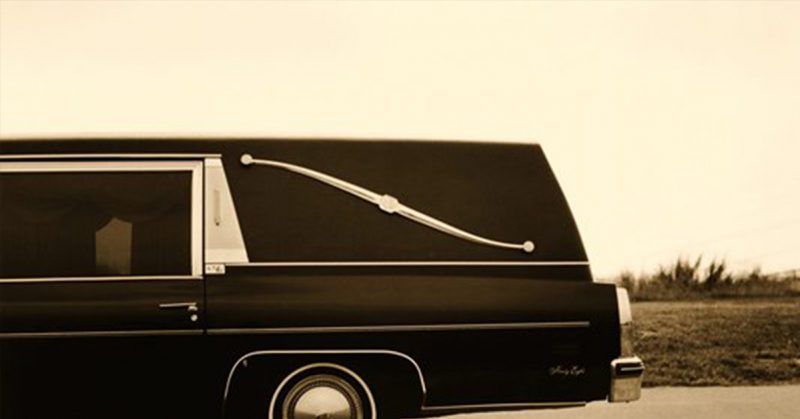Death is the permanent end of all living organisms. However difficult it may be to think about it, it is a state that everyone will at some point pass through. Sometimes, funerals are the celebration of a life well-lived. Other times it is the lamentation of a life cut short in its prime. Whichever it is, funerals are the final nails on the coffin, a realization that the person will never be seen again. It is no mystery why funeral processions are solemn and highly revered. [1]
In many states, there are specific laws put in place to recognize this revered procession. One such law is pulling over for a funeral procession making its way from the funeral home to the burial site. In states with this law, the price for cutting through a funeral procession may be a ticket. If you are in doubt, ask the Michigan-based sandwich shop employee, Jimmy John, who got a ticket twice after cutting into a funeral procession while making deliveries. What’s worse? He lost his job soon after. [2]

But depending on the state, this rule may vary. This can be very confusing and dangerous for drivers who encounter these processions on the road. In 2009, a woman, Carol Struebing was killed when her sister drove them into the path of an oncoming funeral procession, without realizing that the law in that state gave funeral processions the right-of-way. So what are the rules governing processions in each state?
Funeral procession laws across States
In Louisiana, for instance, only vehicles led by a police escort can pass through stop signs and intersections. However, in Dakota, funeral vehicles in a procession have the right-of-way and can go through a red light and drive through stop signs. This law is also applicable in Montana, Idaho, Arizona, North Dakota, and Kentucky. In Nevada, the lead vehicle is allowed to go through the red light without stopping. All other funeral cars are also allowed to follow behind without stopping. [3]
In Florida as well, pedestrians and all drivers are expected to give funeral processions the right of way.
“Regardless of any traffic control device or right-of-way provisions prescribed by state or local ordinance, pedestrians and operators of all vehicles…shall yield the right-of-way to any vehicle which is part of a funeral procession being led by a funeral escort vehicle or a funeral lead vehicle.”
“When the funeral lead vehicle lawfully enters an intersection, either by reason of a traffic control device or at the direction of law enforcement personnel, the remaining vehicles in the funeral procession may follow through the intersection regardless of any traffic control devices or right-of-way provisions prescribed by state or local law,” according to the Florida statute. [4]
However, there are exceptions regarding emergency vehicles.
So what do you do if you are unsure about the local laws
If you are unsure about the laws governing your state, your best bet would be to yield to a funeral procession. Once the lead car in the procession goes through an intersection, do not attempt to cut through the middle or tag along at the end. Look out for the headlights and the flags. The final car usually flashes hazard lights and two or more flags. If you are driving on a highway, do not attempt to pass a funeral procession on the right. While observing these tips is a sure way to show respect to the grieving family, it will help us avoid mistakes that may cost us our lives. [5]
References
- “Why funerals matter.” Funeral Matter. Accessed February 21, 2020.
- “WATCH: Why You Should Always, Always Pull Over For A Funeral Procession.” Yahoo. Melissa Locker. February 6, 2018.
- “Do I need to pull over for a funeral procession?. The Globe and Mail. Jason Tchir. July 1, 2019.
- “Chapter 4: Traffic Laws.” Michigan.Gov. Accessed February 21, 2020.
- “Do You Have to Pull Over for a Funeral Procession?” Culture. Melanie Radzicki McManus. June 4, 2019.

